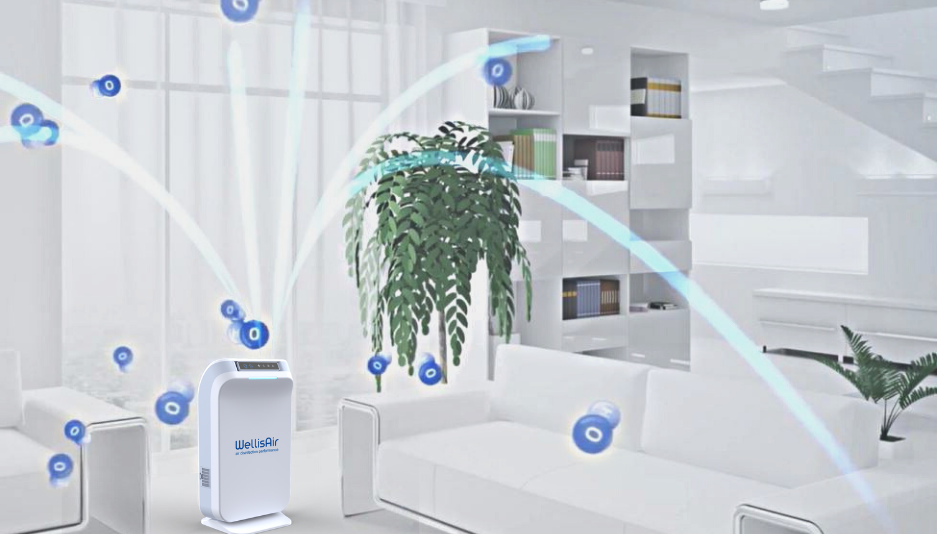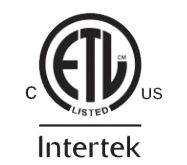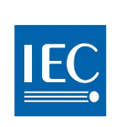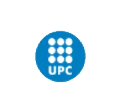Actively Seeks & Destroys Contaminants
-

Gasses
-
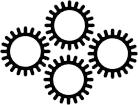
VOCs
-

Smoke
-
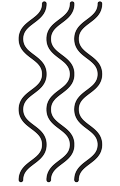
Odors
WellisAir Patented Technology Explained
How Hydroxyl Neutral Molecules Target Contaminants
WellisAir Releases Hydroxyl Neutral Molecules 24/7
WellisAir uses nature's "detergent of the atmosphere" to seek out both surface and airborne particles. Unlike filters, which can only clean the air that passes through the unit, WellisAir's unique proactive technology relentlessly targets contaminants wherever they are — in the air, on surfaces, even inside the walls and vents.
Hydroxyl Neutral Molecules Steal Hydrogen
WellisAir's Hydropure Molecules steal hydrogen from microscopic contaminants. Removing a hydrogen molecule neutralizes the offending pollutant. The stolen hydrogen (H) is then joined with oxygen (O2) to form H20, which evaporates as completely harmless and clean water vapor without increasing the humidity.
Continuous Monitoring
WellisAir's smart monitoring technology continuously tests the air, alerting you to the presence of VOCs — and assuring you with a blue light once they've been neutralized.
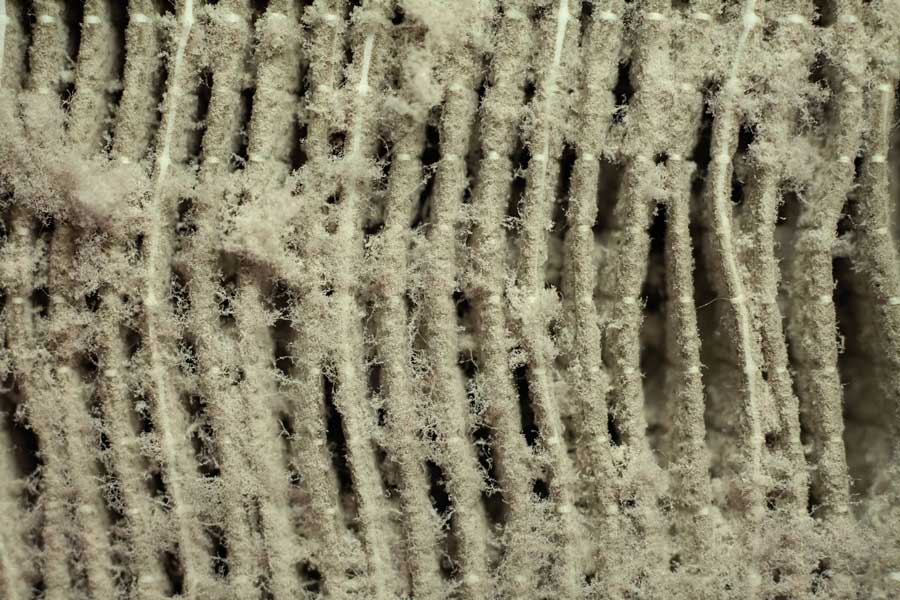
Say Goodbye to Dirty Filters
Most air purifiers — even high-end expensive ones — rely on passive mechanisms which simply draw in air from the room and run it through a filter. This means that the only contaminants which are trapped are those which are airborne, and which are close enough to the unit to get sucked in.
WellisAir is proactive and dynamic — capturing contaminants mid-air, and seeking them out on surfaces.
- Conventional HEPA systems capture particles through its filter, but fails to kill them. This inefficient and passive process results in the presence of dead zones in a room where the air is not circulated.
- Conventional HEPA systems demand frequent filter changes, every 3-6 months, which is a dangerous chore, exposing people to the contaminants they hoped to trap. Often changing a HEPA filter will reintroduce contaminants onto your fingers, eyes, and the air. With WellisAir, you simply have to pop in a clean new cartridge — easier than swapping in new ink in a printer.
- HEPA systems also consume high amounts of energy — and must be loud to be at all effective. WellisAir only requires 25 cents worth of electricity per month to operate, and is 80% quieter than the quietest filter on the market.

